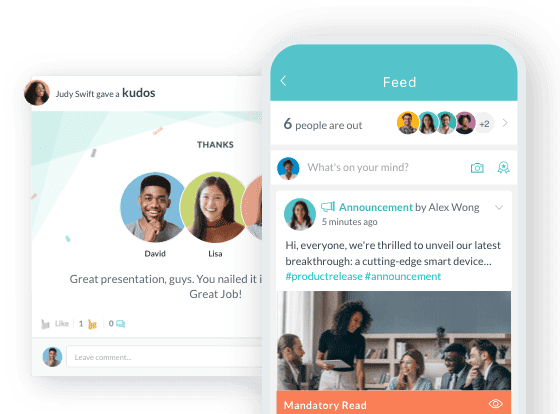Top 8 Mistakes of Practicing Employee Recognition
.jpg)

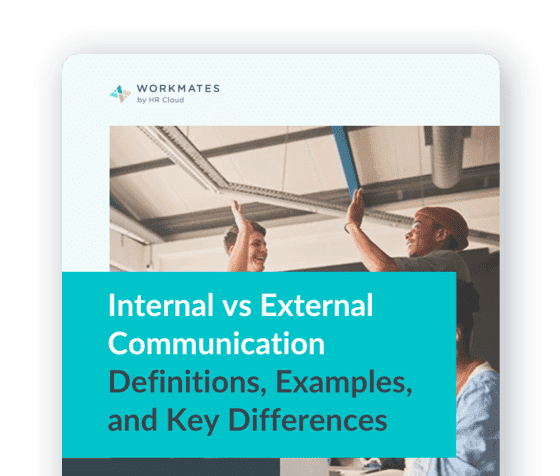
 Cut onboarding time
by 60%—here's the
Ultimate Checklist
that helped do it.
Cut onboarding time
by 60%—here's the
Ultimate Checklist
that helped do it.
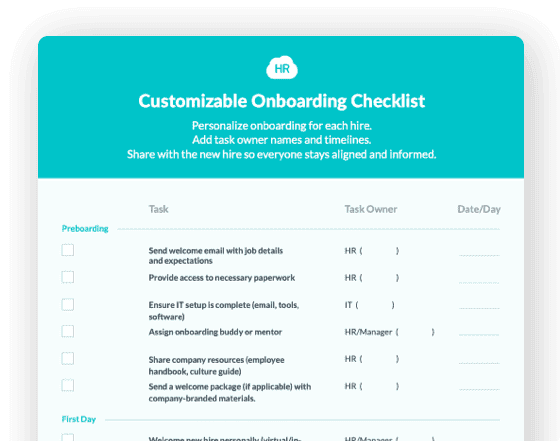
Employees recognition programs have the potential to improve employee performance and increase workplace engagement, and boost job satisfaction. Effective employee recognition serves as additional motivation for employees, ensuring that your workforce goes above and beyond to earn rewards. When implemented correctly, employee recognition is a welcome improvement to any workplace recognition strategy.
Employee recognition can have both positive and negative consequences. Even when employers have the best intentions, they can end up creating recognition systems that do more harm than good. The importance of recognition in the workplace cannot be overstated, which is why it's crucial to avoid common pitfalls.
After extensive review, we were able to determine the top mistakes that can ruin a recognition system. Now, let's look at the eight most common mistakes businesses make when developing an employee recognition program and how to avoid them for more effective employee recognition.
1. Leaving People Out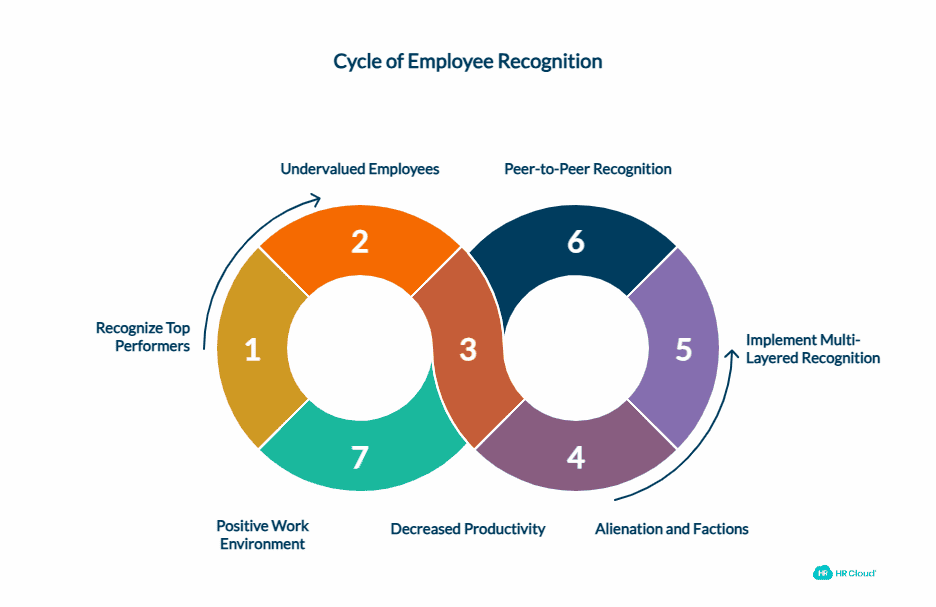
Recognizing and rewarding top performers can help motivate and boost morale, but it can also make other employees feel undervalued. As a result, they may put in even less effort, lowering overall productivity in the office. Besides, leaving people out may alienate them from the rest of the workforce or create factions among employees, both of which are pertinent issues.
This particular mistake is common in most businesses, but there is a simple fix. Everyone's effort in the workplace must be recognized somehow, even if it means creating a multi-layered recognition program, to avoid workers feeling excluded in the workplace. Consider implementing peer-to-peer recognition to ensure all employees have the opportunity to be recognized. Recognizing employees at all levels is crucial for maintaining a positive work environment.
2. Rewarding Only Performance
Integrity, punctuality, and excellent communication skills are just a few of the qualities an ideal employee should possess. Employee rewards programs that focus solely on performance without rewarding other qualities tend to stifle these attributes in employees. It would send the message that only performance is essential.
Rewarding the qualities you want to see in employees will encourage them to develop them and reinforce their importance to the organization's goals and objectives. You'll reap huge benefits if you use the employee recognition program to promote these qualities, ultimately improving employee retention and loyalty.
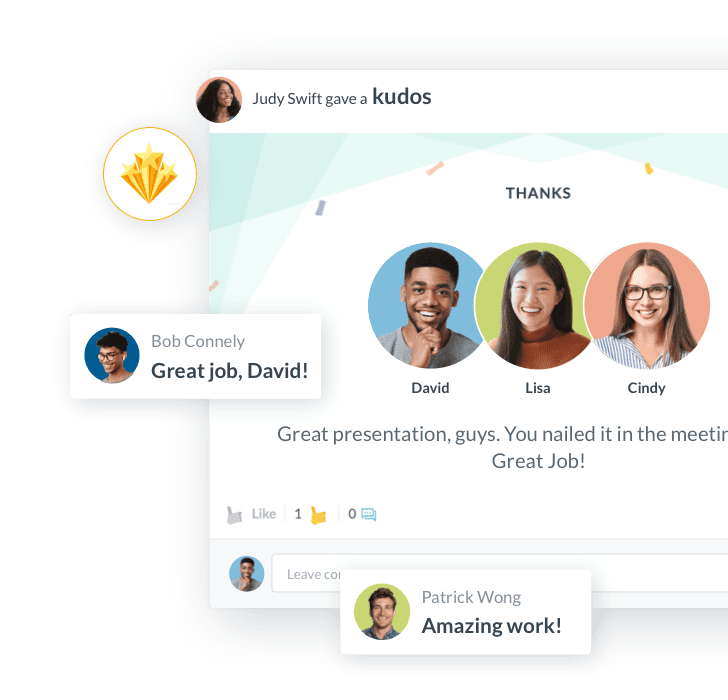
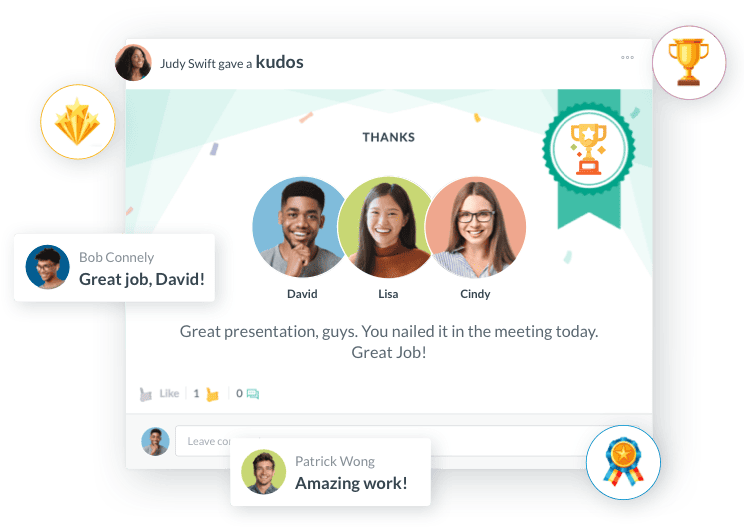
3. Having Only Yearly Awards
Since one of the primary benefits of employee recognition is that it boosts morale, having only annual employee awards limits the overall effectiveness of your recognition program. You want your employees to be motivated and committed to their work throughout the year.
Employees recognition programs that reward employees weekly, biweekly, or monthly are a good idea. They keep employees motivated and focused while also allowing you to assess the program's effectiveness. Consider implementing regular recognition events or using an employee recognition tool for ongoing appreciation.
4. Giving Everyone the Same Reward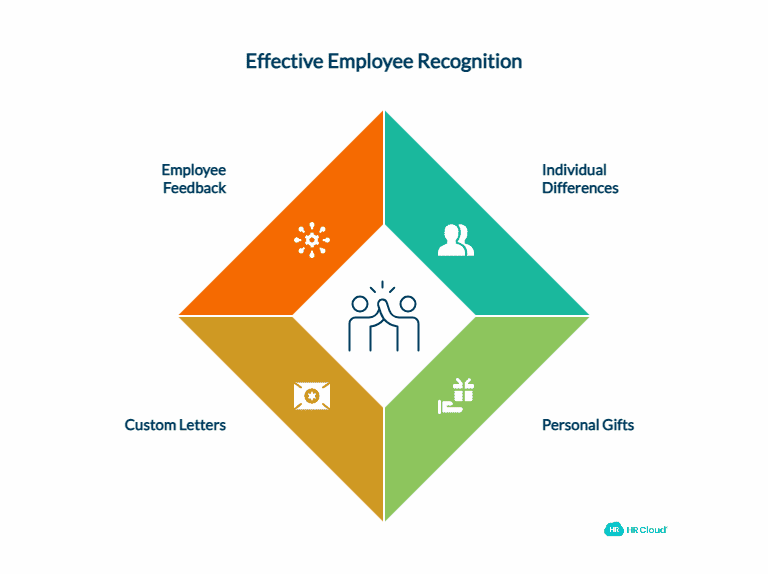
Although all your employees may have the same goal at work, failing to recognize their individual differences is often detrimental to overall progress. While some people may like public recognition, the idea of getting rewarded in front of others may be frowned upon by some and end up doing more harm than good. You should better invest in small personal gifts or even hire a professional writing service like EssayService, to write custom letters of appreciation.
If the goal of your employee rewards program is to provide tangible benefits, you may want to survey to learn what the person you're rewarding likes and dislikes. Gathering employee feedback on preferred recognition incentives can make the reward more meaningful to the recipient and enhance their overall employee experience.
5. Abandoning the Program
When an employees recognition program comes into place, maintaining it can become a massive challenge. Without a clear plan to curate this initiative, it often fades into obscurity.
However, this blunder hurts employee morale and productivity. So, employee recognition programs must be carefully monitored and maintained using appropriate recognition tools and strategies.
Executives should update employee recognition programs regularly to avoid the program becoming obsolete. The key to keeping a recognition program going is to adapt it to the needs of both new and long-term employees, ensuring it remains an effective tool for boosting job satisfaction. Implementing new employee recognition ideas can help keep the program fresh and engaging.
6. Making It About the Money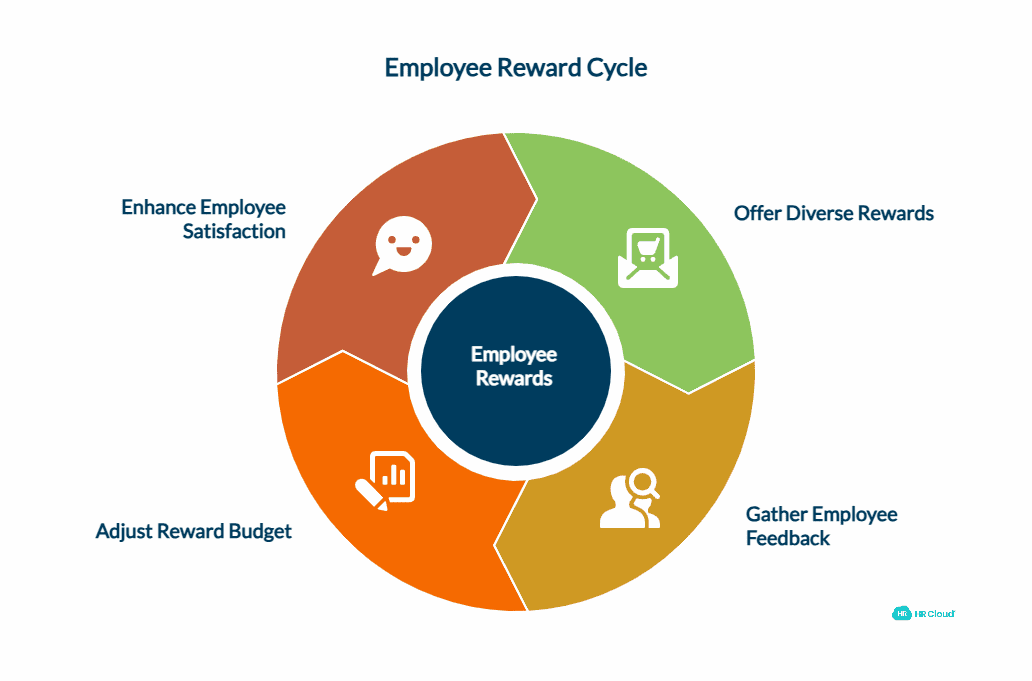
When it comes to rewarding employees, relying solely on money is a bad idea. If the only reason they're working is for the money, you'll lose your best employees to competitors if they get offered more elsewhere.
Other rewards, such as exclusive movie tickets, family vacations, food vouchers, and so on, will go a long way toward making your employees feel sufficiently rewarded. Again, the reward has to be something the employee wants. For instance, offering a couple's retreat to a divorcee might come off as shortsighted. Consider using employee engagement surveys to gather feedback on preferred recognition incentives and adjust your recognition budget accordingly.
7. Lack of Transparency
For an employee recognition program to be successful, the pathway must be fair and transparent to all employees. If there's even the slightest suspicion that the system favors a particular employee, the entire process will be called into question, defeating the whole purpose.
Everyone must understand how the process works and how they might be recognized. If you're thanking someone for thinking outside the box, you should make this reason clear. Establish clear recognition criteria and communicate them across the organization using your employee recognition software or platform.
8. Not Stating Clear Goals
If you don't set clear goals for your employees, the process will be fraught with uncertainty. Your staff will not know which aspects of their performance to improve. So, outline clear goals from the beginning to provide your staff with a guiding light to improve their performance.
Alternatively, you can specify key performance indicators affecting the recognition program and communicate them across the organization. This approach will help employees understand why recognition matters and how they can achieve it, ultimately improving recognition program effectiveness.
Conclusion
Employee recognition programs have numerous advantages, and when used effectively, they can keep a business running smoothly. A well-designed recognition strategy fosters a workplace culture that encourages employee engagement, resulting in an atmosphere where people want to work and contribute their best efforts.
The mistakes listed above are the most common and easiest to make by businesses. Avoiding these errors may appear to be a time-consuming task, but the benefits far exceed the drawbacks in the long run. By implementing best employee recognition practices and leveraging modern recognition tools, organizations can create a culture of appreciation that drives success and enhances the overall employee experience.
To ensure the success of your recognition program, regularly evaluate its effectiveness and be open to implementing new recognition program ideas. By doing so, you'll be able to maintain a dynamic and impactful approach to recognizing employees, fostering employee loyalty, and creating a positive work environment.

Keep Reading
From Manual to Automated: A Complete Guide to Digitizing Employee Onboarding for Large Organizations
Sarah Chen, Director of HR at a 7,000-employee healthcare organization, starts her Monday
Enterprise HR Software in 2025: Why Traditional Enterprise Platforms Fall Short and What Actually Works
Traditional enterprise human resources software systems promise comprehensive solutions
AI in Onboarding: Complete Guide for 2026
You’ve probably been hearing this multiple times a day — AI is transforming HR. But
Like What You Hear?
We'd love to chat with you more about how HR Cloud® can support your business's HR needs. Book Your Free Demo

Build a Culture of Recognition. Boost Engagement. Guaranteed.
Workmates empowers employees to stay informed, connected, and appreciated—whether they’re on the front line, in the office, or remote. Recognition drives 12x higher engagement.Trusted by industry leaders in every sector




Cut Onboarding Costs by 60%.
Take the confusion and follow-ups out of onboarding with automated workflows, digital forms, and structured portals—so new hires ramp faster 3X quicker.Trusted by industry leaders in every sector




